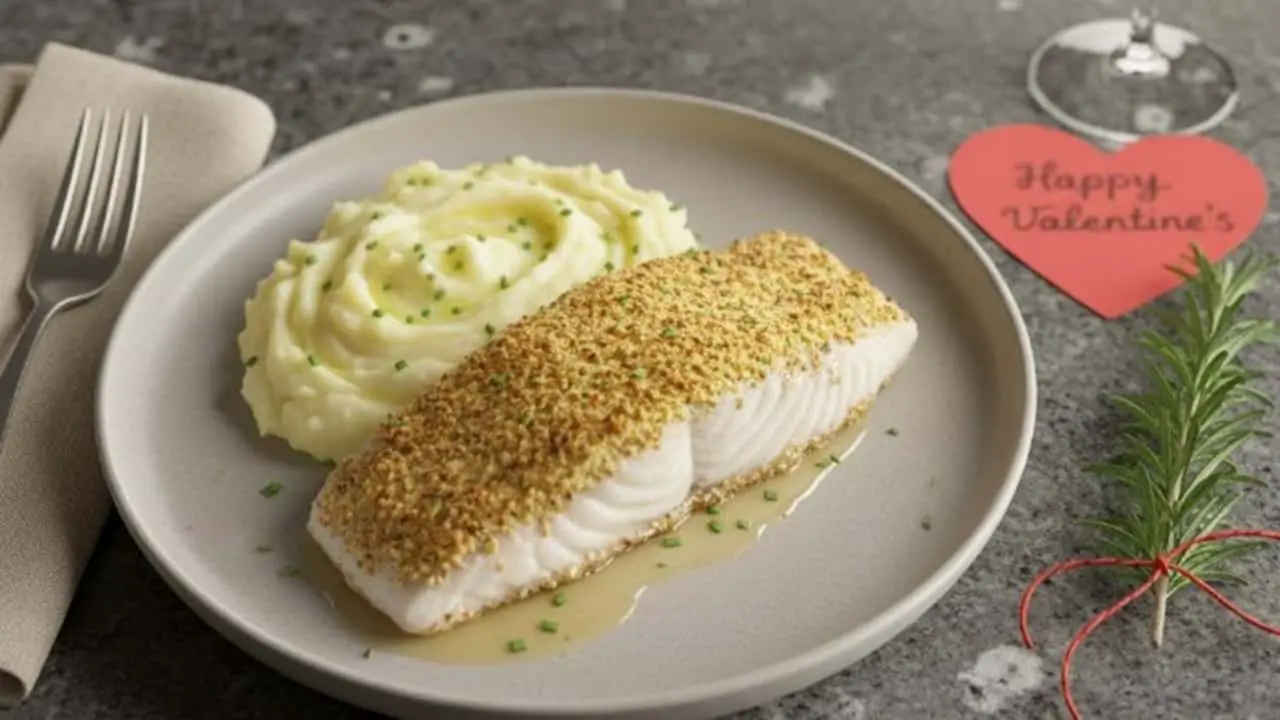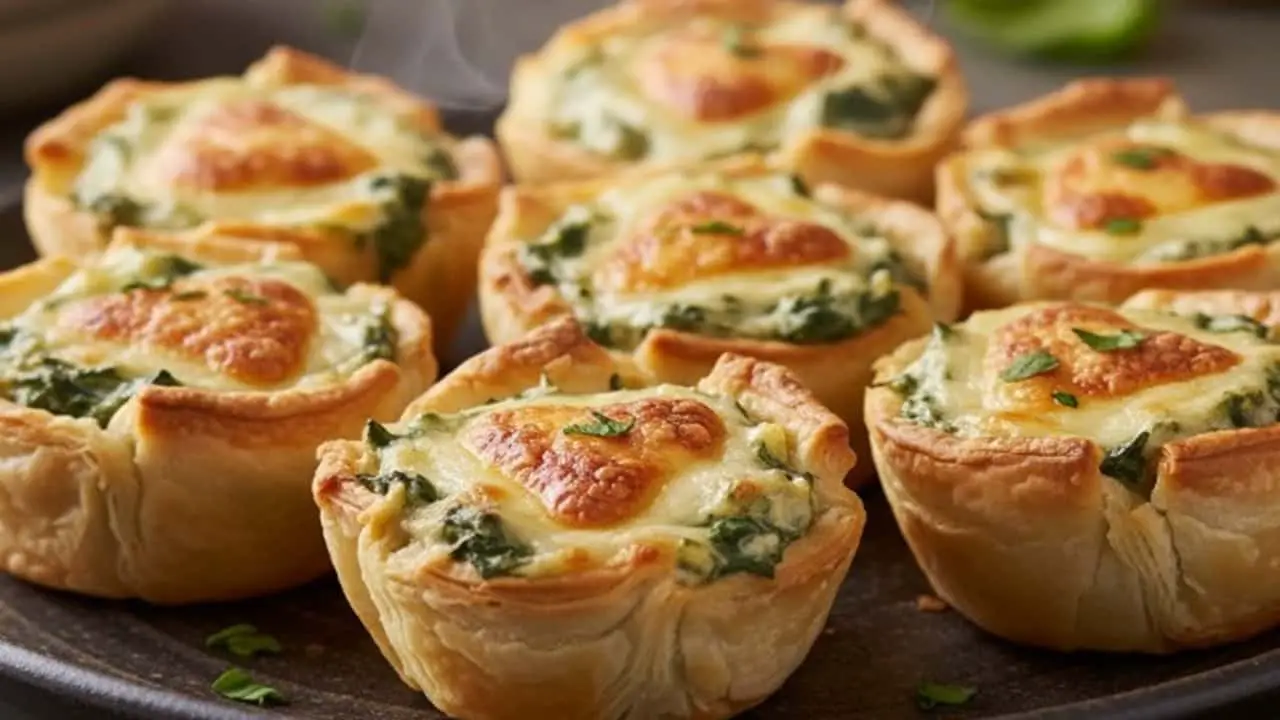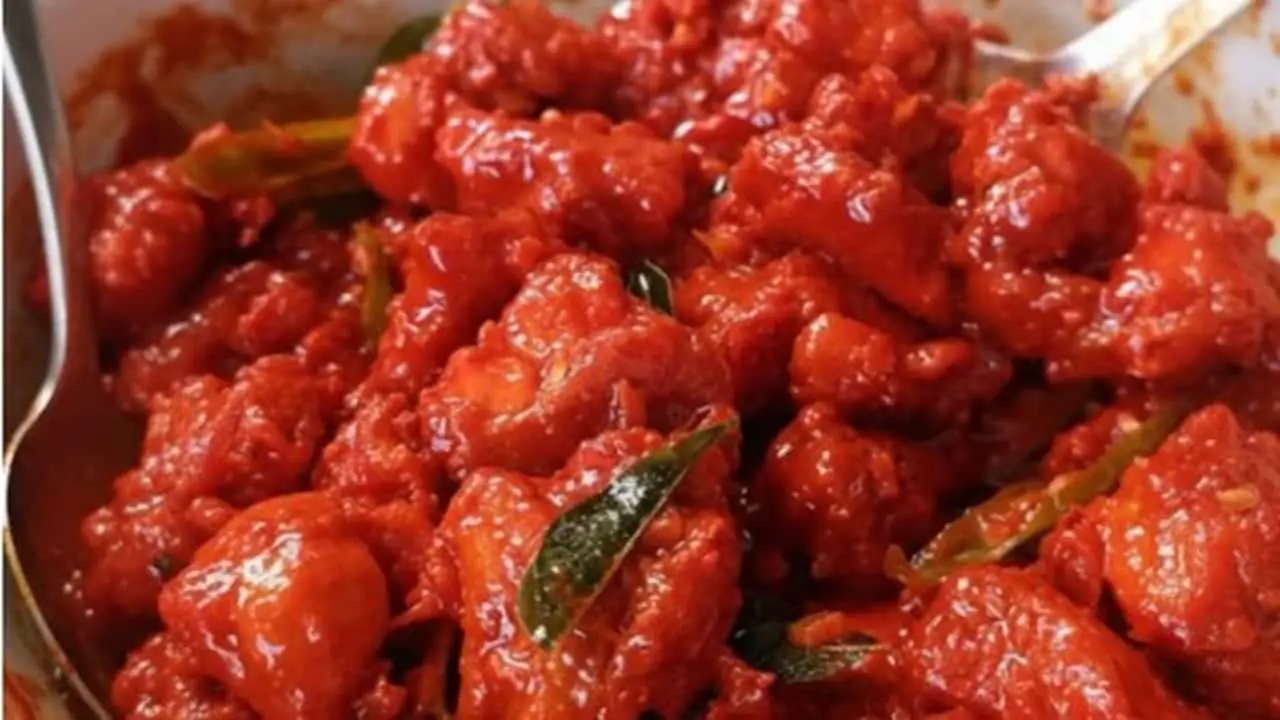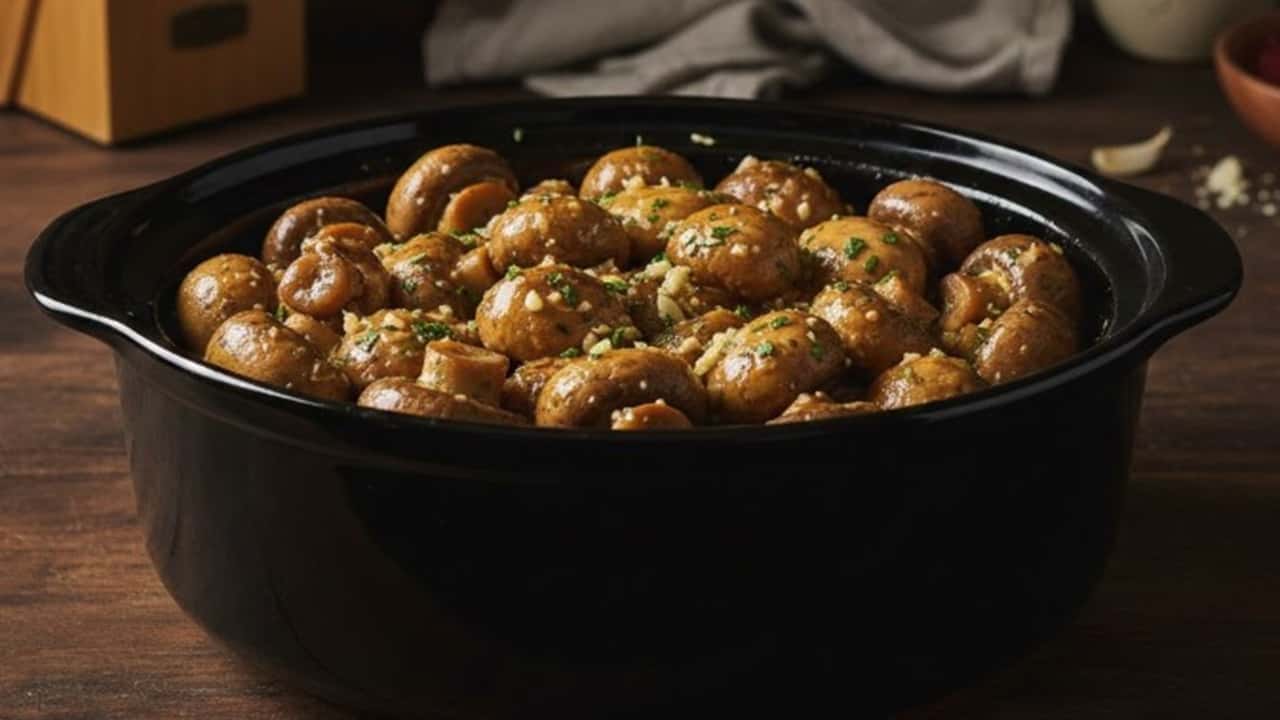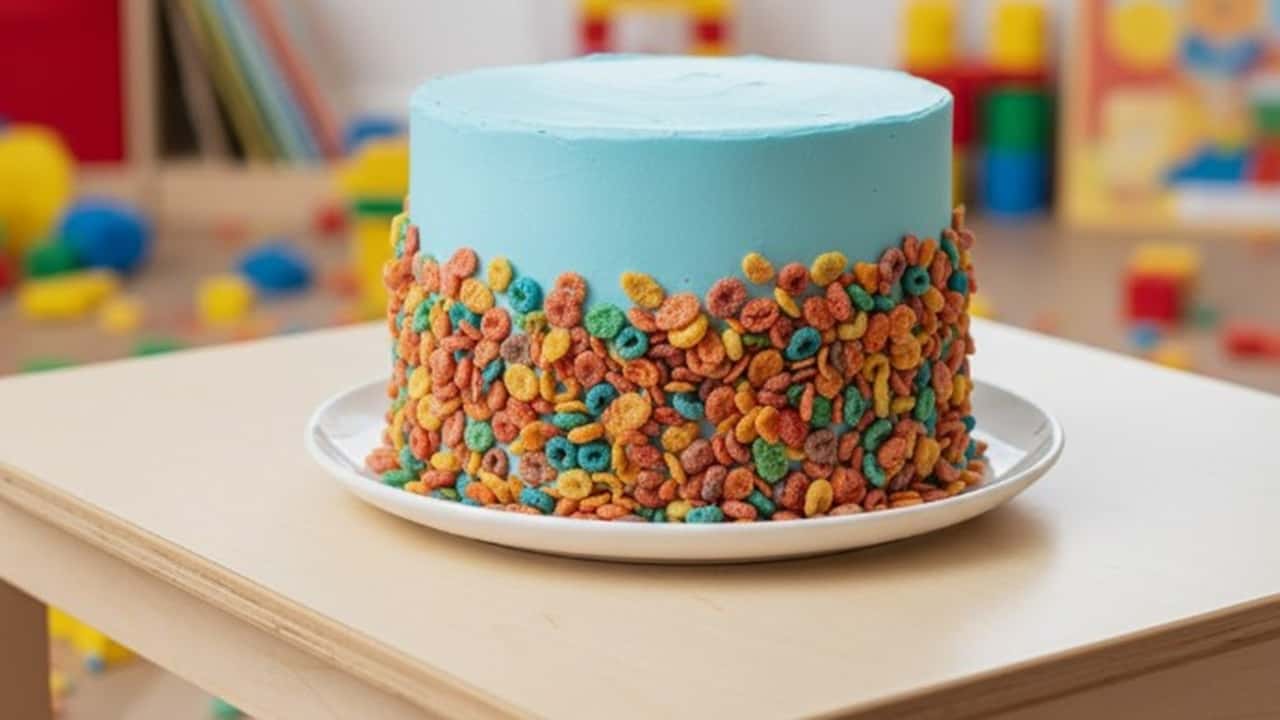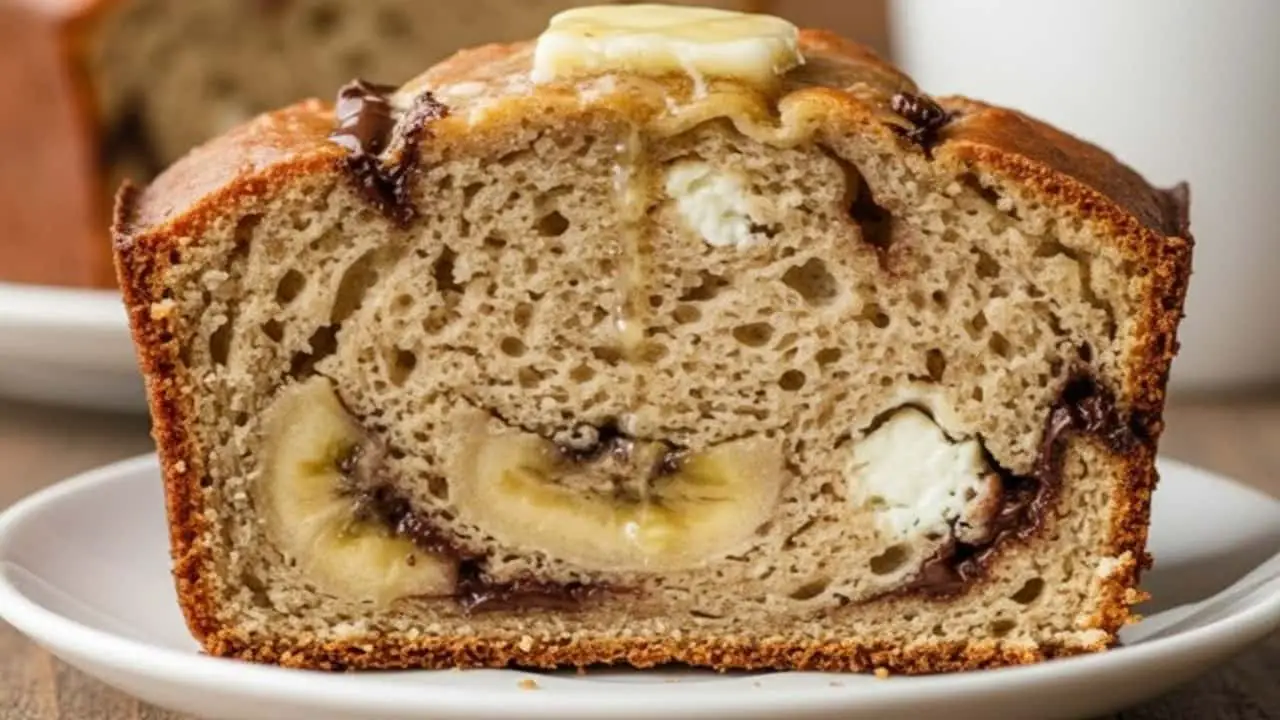Look, I’ve burned more naan bread than I care to admit.
You know that moment when you’re trying to impress the family with your cooking skills, and instead you’re scraping charcoal off your cast iron? Yeah, been there.
But here’s the thing about this naan bread recipe – it’s actually forgiving enough for us dads who think “al dente” is an Italian soccer player.
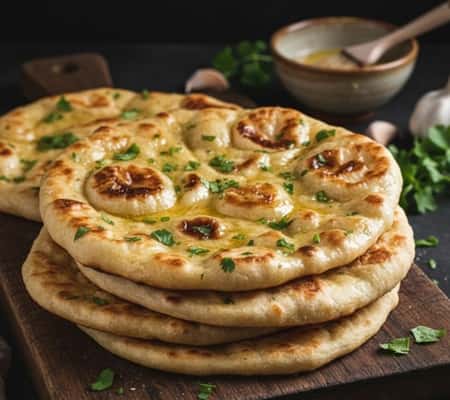
After countless kitchen experiments (and a few choice words), I’ve cracked the code on homemade naan that’ll make your kids forget about takeout.
Why This Naan Bread Recipe Works for Busy Moms & Dads
Forget everything you think you know about Indian bread. Most recipes online treat you like you’ve got a culinary degree from Mumbai. Not this one.
I discovered this approach during a particularly chaotic Tuesday night.
The kids were hangry, my wife was working late, and I had exactly 90 minutes to pull off something that looked intentional.
That’s when I realized traditional naan making doesn’t have to be complicated – it just needs to be smart.
What Makes This Different from Other Naan Recipes
Here’s where most bread recipes go wrong: they assume you have time for multiple rises, perfect temperature control, and the patience of a monk. Real dads need quick naan that tastes authentic without the drama.
This method uses a hot water technique I learned from watching my neighbor’s Indian grandmother.
She’d laugh at these complicated Western approaches to flatbread making. Her secret? Temperature shock and aggressive kneading. Works every time.
Ingredients Needed To Make Naan Bread (No Fancy Pantry Required)
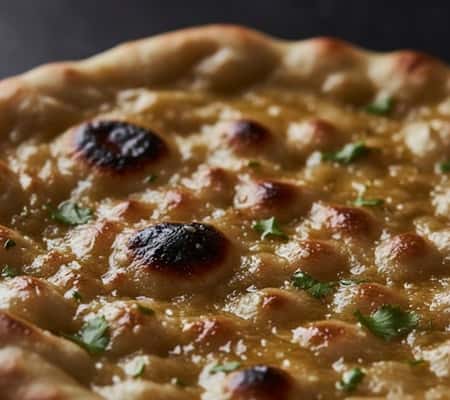
Basic Naan Components:
- 2 cups all-purpose flour (bread flour works too, but don’t stress)
- 1 cup warm water (hot from the tap is fine)
- 1 tablespoon active dry yeast
- 1 teaspoon sugar
- 1 teaspoon salt
- 2 tablespoons plain Greek yogurt
- 2 tablespoons olive oil (or melted butter)
For the Finish:
- 3 tablespoons butter
- 2 garlic cloves, minced
- Fresh cilantro (optional, but the kids love it)
The beauty of naan ingredients is their simplicity. You probably have most of this stuff already. No hunting down exotic Indian spices or specialized flours.
Instructions To Make Naan Bread
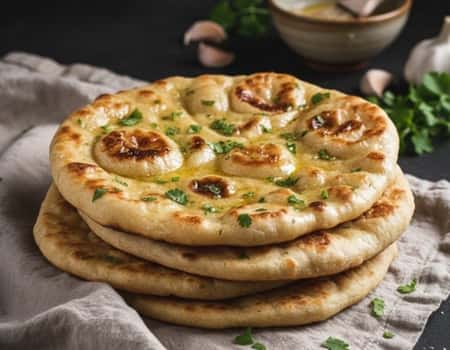
Step 1: Wake Up That Yeast (5 Minutes)
Mix the warm water, sugar, and yeast in a large bowl. Don’t overthink the water temperature – if it’s comfortable on your wrist, it’s perfect. Too hot kills the yeast; too cold makes it lazy. Just like dealing with teenagers.
Wait until you see bubbles forming. This fermentation process is crucial for that authentic naan texture.
While you’re waiting, prep your workspace. Clear the counter, get your hands ready for some real work.
Step 2: Build Your Dough Foundation (10 Minutes)
Add flour, salt, yogurt, and oil to your bubbly yeast mixture. Here’s where most guys mess up – they’re afraid to get their hands dirty. Kneading naan dough requires commitment.
Work that dough for a solid 8-10 minutes. I’m talking about really working it. Your forearms should feel it.
This gluten development is what gives you that perfect chewy-yet-soft texture that makes restaurant-style naan so addictive.
The dough should feel slightly sticky but manageable. If it’s too wet, add flour gradually. Too dry? Splash of water. Don’t be precious about it.
Step 3: The Fast Rise Technique (30 Minutes)
Cover your bowl with a damp kitchen towel. Find the warmest spot in your kitchen – on top of the fridge, near a sunny window, or in a slightly warm oven (turned off).
This quick rise method cuts traditional rising time in half. The yeast activation happens faster when it’s cozy.
Perfect for weeknight cooking when you don’t have three hours to babysit bread dough.
Step 4: Shape and Cook Like a Pro (20 Minutes)
Divide the dough into 8 portions. Here’s the dad hack: don’t stress about perfect circles. Hand-stretched naan is supposed to look rustic. Roll each piece thin – about 1/4 inch thick.
Heat your largest skillet or cast iron pan over medium-high heat. No oil needed initially. The key to pan-fried naan is getting those beautiful charred spots without burning through.
Cook each naan for 1-2 minutes per side. You’ll see bubbles forming and dark spots appearing. That’s the Maillard reaction creating flavor. Flip when you see good color development.
Step 5: The Butter Finish That Changes Everything
While your fresh naan is still hot, brush with garlic butter. This isn’t optional – it’s what transforms good naan into “where-did-you-order-this-from” naan.
Melt butter with minced garlic in a small pan. Brush generously on each piece. Sprinkle with cilantro if you’re feeling fancy.
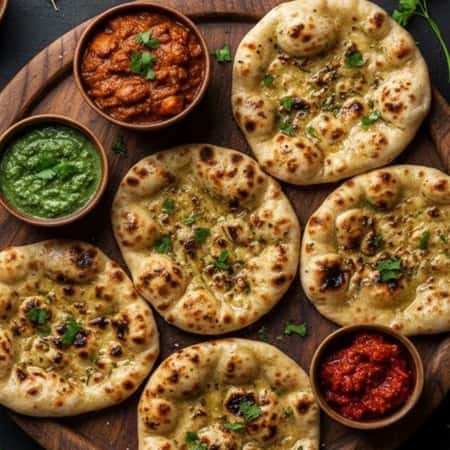
Pro Dad Tips
Temperature control is everything: Your pan should be hot enough that a water drop sizzles immediately, but not so hot that the bread burns before cooking through.
Don’t skip the yogurt: It tenderizes the dough and adds that subtle tang that makes authentic naan taste right. Greek yogurt works better than regular because it’s thicker.
Make extra and freeze: These homemade flatbreads freeze beautifully. Wrap individually and reheat directly from frozen in a dry skillet.
Experiment with toppings: Once you master the basic technique, try garlic naan, cheese naan, or even herb-crusted variations.
Troubleshooting Common Mistakes
Dough too sticky? Add flour gradually. Don’t dump it all at once.
Naan turning out tough? You’re probably overcooking or your pan is too hot. Lower the heat and cook longer.
No bubbles forming? Your yeast might be dead. Check the expiration date and water temperature.
Uneven cooking? Roll more consistently and keep your pan temperature steady.
Final Thoughts
Here’s what I’ve learned after years of bread making adventures: your kids don’t remember the naan that came out perfectly round.
They remember the Saturday afternoon you spent in the kitchen together, flour on your shirt, teaching them how to stretch dough.
Making naan from scratch isn’t about competing with your local Indian restaurant – it’s about creating moments.
Every slightly imperfect piece tells a story of effort, care, and the willingness to try something new for the people you love. That’s the real secret ingredient no naan recipe can teach you.
The techniques matter, sure. But the confidence to experiment, to mess up, and to try again? That’s what transforms you from a guy following instructions into someone who actually knows how to make bread.
